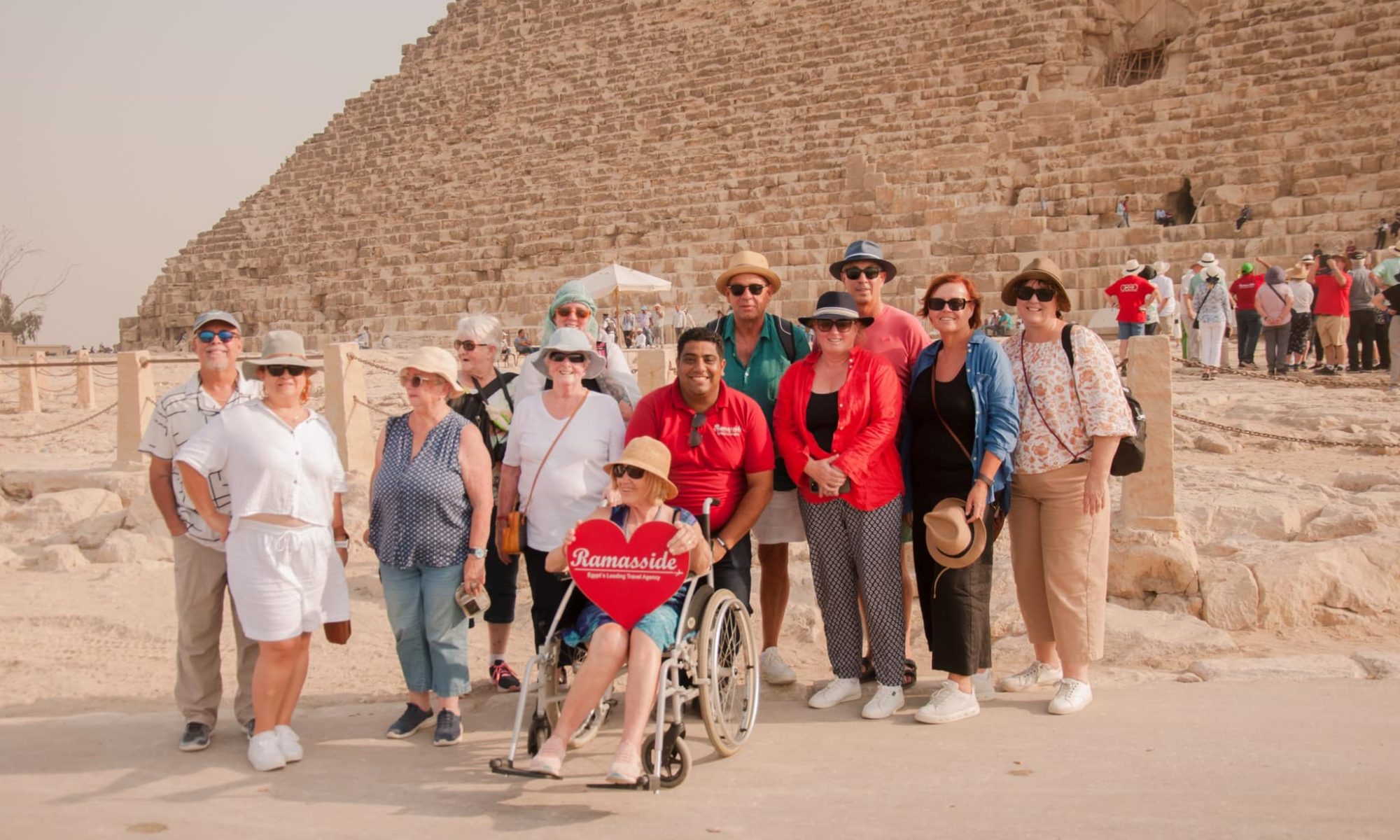
Nestled on an idyllic island in the Nile River, the Philae Temple is a captivating testament to the enduring power of devotion and the resilience of ancient treasures. This temple, dedicated to the goddess Isis, stands as a symbol of both human ingenuity and spiritual significance. In this blog post, we embark on a journey to explore the exquisite beauty and sacred significance of the Philae Temple.
1. The Island Temple of Isis
The Philae Temple is located on Philae Island in the Nile River, near the town of Aswan in southern Egypt. It was dedicated to the goddess Isis, a central figure in the ancient Egyptian pantheon, associated with magic, motherhood, and rebirth. The island setting adds to the temple’s charm and serenity.
2. The Relocation of Philae Temple
One of the most remarkable aspects of Philae Temple’s history is its relocation. In the 20th century, a massive international effort was made to save the temple from the rising waters of the Aswan High Dam. It was painstakingly disassembled and relocated to nearby Agilkia Island, where it stands today. This monumental preservation project ensured that the temple was saved for future generations.
3. Architectural Grandeur
The Philae Temple boasts remarkable architectural features, including a large pylon, a courtyard, and a stunning colonnade with graceful columns adorned with elaborate hieroglyphs and intricate carvings. The main sanctuary, dedicated to Isis, is a place of worship and meditation.
4. Goddess Isis: The Divine Mother
The goddess Isis, to whom the temple is dedicated, was revered as the divine mother who protected the pharaohs and the people. Her significance extended beyond Egypt, and her cult had a profound impact on ancient Mediterranean religions, including the worship of the goddess Isis in the Greco-Roman world.
5. The Osiris Legend
The temple’s inscriptions and carvings tell the story of the god Osiris, his resurrection by Isis, and the birth of their son, Horus. This mythological narrative highlights the themes of rebirth and eternal life, which were central to ancient Egyptian beliefs about the afterlife.
6. The Sound and Light Show
To truly appreciate the ethereal beauty and spiritual significance of the Philae Temple, visitors can attend the Sound and Light Show held in the evenings. The play of lights and narration bring the temple to life, immersing the audience in the temple’s history, mythology, and the magic of ancient Egypt.
7. A UNESCO World Heritage Site
The Philae Temple is designated as a UNESCO World Heritage Site, recognizing its historical importance and architectural significance. It stands as a testament to the dedication of those who worked to preserve this sacred sanctuary.

